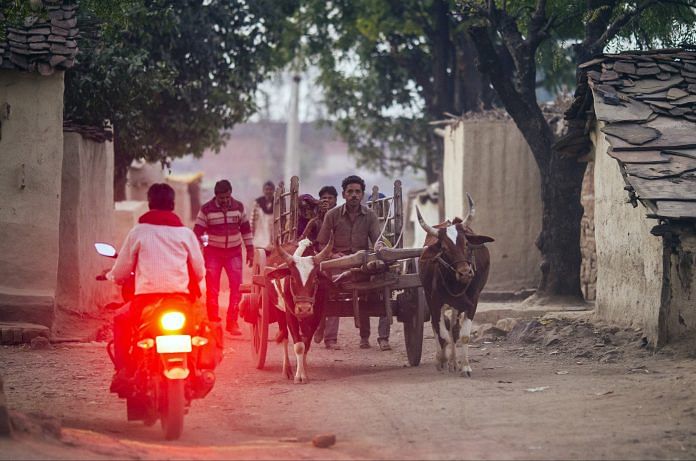A new study shows that accounting for jati and not just govt-defined castes gives new insight into India’s ethnic heterogeneity.
The fiasco around the NRC Assam draft shows that the fear of migrants and ‘inter-mixing’ have often caused tensions, or worse, violence in India. But does ethnic diversity really harm the economy of a place? Or does it boost development?
Well, a new study suggests that it depends.
A research carried out by Naveen Bharathi, Deepak Malghan and Andaleeb Rahman of Cornell University shows that the “relationship between diversity and development is an artefact of where diversity is measured, how diversity is measured, and what diversity is measured”. It jointly determines an ethnic-geographic continuum.
To understand the relationship between diversity and development in India, they studied data from 1,641 jatis, 27,000 villages and 175 sub-districts in Karnataka, the seventh largest state in the country.
What was found
There is no systematic relationship between diversity and development. Any relationship between the two is contingent on particular ethnic and geographic scales.
The research combined data from various sources including ‘night lights’, village-level administrative data on human development, census data on village-level provision of public goods, and independent India’s first census-scale enumeration and coding of detailed endogamous caste groups (jati).
Also read: Are Dalit women less or more mobile than upper caste women in India? Jatis hold the answer
While at the village-level the data supported the theory that diversity negatively impacts development or the diversity-debit hypothesis, this negative association largely disappeared at the sub-district level.
However, the paper was unable to rule out the possibility that both diversity-debit and diversity-credit relationships are spurious statistical artefacts. The only stable association that was found was a negative relationship between caste polarisation and development.
However, this negative association is not statistically significant at the sub-district level. Similarly, the positive association between religious, linguistic diversity and development is not statistically robust across dependent variable specification or geographic scales.
How is this new?
Earlier studies have mainly assumed that the relationship between ethnic diversity and political economy is negative. Which means, greater the ethnic diversity in an area, lesser the economic and political benefit. This is called the diversity debit theory.
However, these studies used nations as the principal geographical and political unit and did not take into account sub-national politics or contexts. The sub-national context becomes especially important in a country like India where a study using government-defined castes will not have the same nuances as those addressing sub-castes or jatis.
Also read: Address jati, and not just caste, to fix rural welfare schemes like MGNREGA
Limited evidence from sub-national settings in developing countries has generally not supported the diversity debit hypothesis.
The nature of governance regimes, as well as political processes at the subnational level, are different from those at the national level, confounding the potential effect of diversity and leading to greater empirical ambiguity, the study suggests.
Indeed, in modern urban cities supporting a complex economy, diversity has a positive effect on both wages and productivity.
Also, the research made a caste coding that represented the first such census-scale attempt since the colonial decennial census of 1931. The rich micro-data allowed for studying caste with other diversity variables such as religion, language, and even economic class.
“Caste is the most important social cleavage in agrarian India and influences economic outcomes,” it suggests.
Also read: Dark side of India’s night lights: As states prosper, rich-poor gap in districts widens
What it means
The relationship between diversity and development is a statistical artefact. There is no conclusive way to say that diversity harms development or boosts it.
17 different diversity metrics across different levels of ethnic and geographic aggregation were studied to reach this conclusion.
And finally, for the first time since 1931, jati data was used in a study about diversity. While castes are government defined, jatis give a much more realistic picture of what is going on in the ground.
Read the full paper here.



